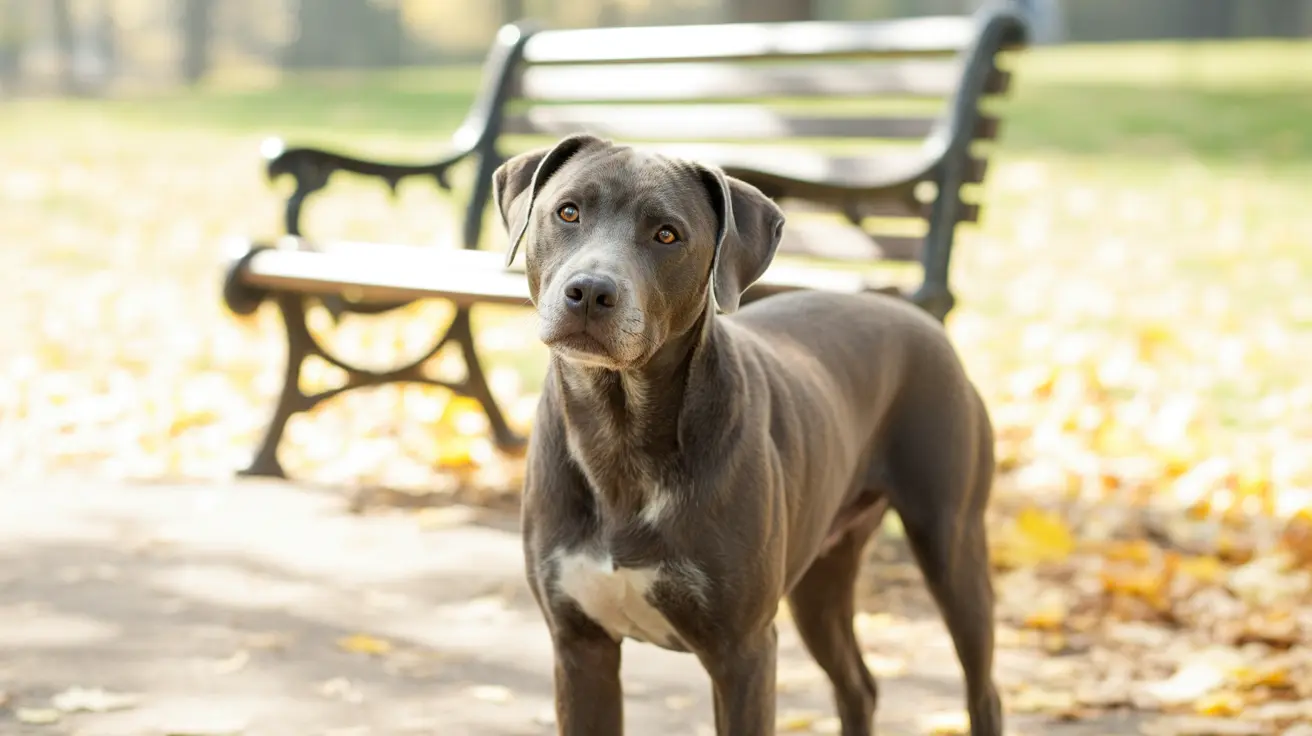Understanding Why Your Dog Is So Clingy
If you’ve ever wondered why your dog follows you everywhere, always wants to be close, or seems unable to relax unless you’re nearby, you’re not alone. Clinginess in dogs, sometimes called "velcro dog" behavior, is common and can stem from a variety of causes. While a certain level of attachment is normal—after all, dogs are social creatures—excessive clinginess may signal something deeper.
Common Reasons for Clingy Dog Behavior
Let’s explore the most frequent causes behind a dog’s neediness:
- Learned Behavior: Dogs quickly learn what gets them attention. If you consistently reward your pup for sticking close (with affection or treats), they’ll likely keep doing it. Puppies who receive constant attention may also become anxious when alone and grow up especially attached.
- Health Issues or Pain: Sudden clinginess can be a red flag. Dogs experiencing pain, illness, or age-related sensory decline (like loss of vision or hearing) may seek comfort from their humans. Senior dogs with cognitive dysfunction might feel confused and look to you for reassurance.
- Anxiety and Stress: Changes in routine or environment—moving house, new pets or people, loud noises—can make dogs anxious. They often mirror their owner’s stress too. Even temporary disruptions like thunderstorms or holidays can trigger this behavior.
- Separation Anxiety: While similar to clinginess, separation anxiety is more severe. Clingy dogs want to be near you but don’t panic when left alone; those with separation anxiety show distress (destructive acts, barking, whining) when separated.
- Breed Tendencies: Some breeds are simply more prone to being velcro dogs. Breeds such as Shih Tzu, Poodle, Yorkshire Terrier, Maltese, Labrador Retriever, Border Collie, German Shepherd, Papillon, French Bulldog, Pug, Shetland Sheepdog, Australian Shepherd, Italian Greyhound, Doberman Pinscher, Chihuahua, and Vizsla are known for their strong attachment.
- Early Trauma or Shelter Background: Dogs from shelters or those with traumatic pasts may be insecure and crave extra reassurance in a new home. Losing a companion—animal or human—can also increase clinginess.
- Lack of Confidence or Socialization: Dogs that haven’t been exposed to varied situations may lean on their owners for comfort. If they’re always by your side and never left alone as puppies, they might not develop independence.
- Attention-Seeking and Boredom: Sometimes it’s simple: your dog wants attention! Boredom due to lack of mental stimulation or exercise can make dogs needy as they search for something to do (or someone to interact with).
- Hormonal Changes: Female dogs in heat often become clingier. Hormonal shifts from pregnancy or medical conditions like hypothyroidism can also affect attachment levels.
- Environmental Factors: Dogs may cuddle up for warmth during cold weather or seek comfort from familiar scents when the environment changes.
- Resource Guarding: Some dogs stay close out of possessiveness—they want to guard their favorite person against others in the household.
Warning Signs of Problematic Clinginess
A little affection is sweet; too much can signal trouble. Look out for these signs that your dog’s attachment might be unhealthy:
- Your dog follows you everywhere—even into the bathroom!
- Their distress is obvious when you leave: barking excessively, destroying things, whining persistently.
- Your pup seeks constant physical contact (pawing at you non-stop).
- Their appetite drops or they lose interest in play if you’re not around.
If this behavior appears suddenly rather than gradually developing over time (especially in older dogs), check for recent changes: new family members? Different routines? Emotional events? Or possible health issues?
Tips to Help Your Dog Be More Independent
You can gently encourage your dog toward greater confidence and independence without damaging your bond. Here’s how:
- Bump Up Exercise: Make sure activity matches age and health—tired dogs are less likely to become needy.
- Add Mental Stimulation: Use puzzle toys and training games; scent work is great fun too!
- Create a Cozy Space: Designate a comfortable spot where your dog can rest independently (a bed in another room works well).
- Smooth Out Transitions: Gradually desensitize your dog to departure cues like grabbing keys so they don’t get anxious every time you move around the house.
- Avoid Rewarding Neediness: Don’t give treats or attention when your dog clings—instead reward calm independence with praise and treats.
- Keeps Things Predictable: A consistent daily schedule helps provide stability and reduce anxiety-driven behaviors.
- Treat Medical Issues Promptly: If sudden clinginess appears without clear reason—or if your dog seems unwell—consult your veterinarian right away.
- Tackle Separation Anxiety Carefully: For true separation anxiety cases (not just mild clinginess), gradual training and professional help may be needed.
- Banish Boredom: Rotate toys regularly; introduce new games that challenge your dog's mind as well as body.
- Bake In Confidence With Socialization: Expose your pup positively to different people and places so they're less reliant on just one person for security.
- Create Comfort During Weather Changes: For weather-sensitive pups (think thunderstorm phobia), provide stability at home with cozy spaces and routines.
- Pace Yourself With Rescue Dogs: Former shelter pets need patience—routine and gentle encouragement help build trust over time.
The Pros and Cons of Velcro Dog Behavior
A loyal shadow-dog can feel flattering—but there are downsides too. Excessive clinginess risks safety hazards (tripping over them!), behavioral problems if ignored too long, and even the development of separation anxiety down the road if not addressed early on.
If Nothing Helps...
If you've tried these steps but see no change—or if you're concerned about sudden shifts in behavior—it’s wise to reach out to a veterinarian or certified canine behaviorist. They’ll help rule out medical causes first before crafting a plan tailored specifically for your furry friend’s needs. The first step? Figure out what's driving the clinginess so you can support a happier—and more balanced—companion at home!





